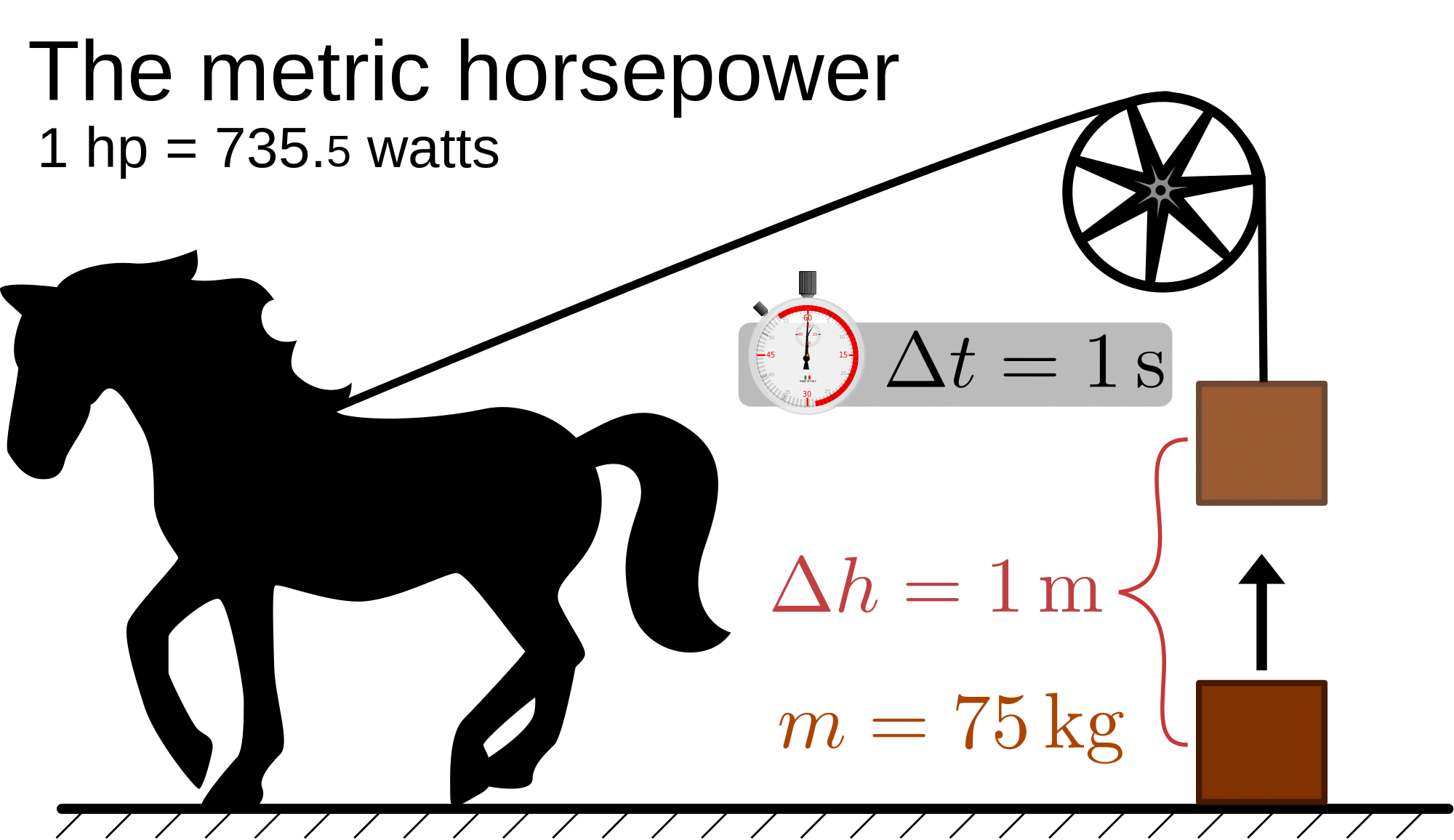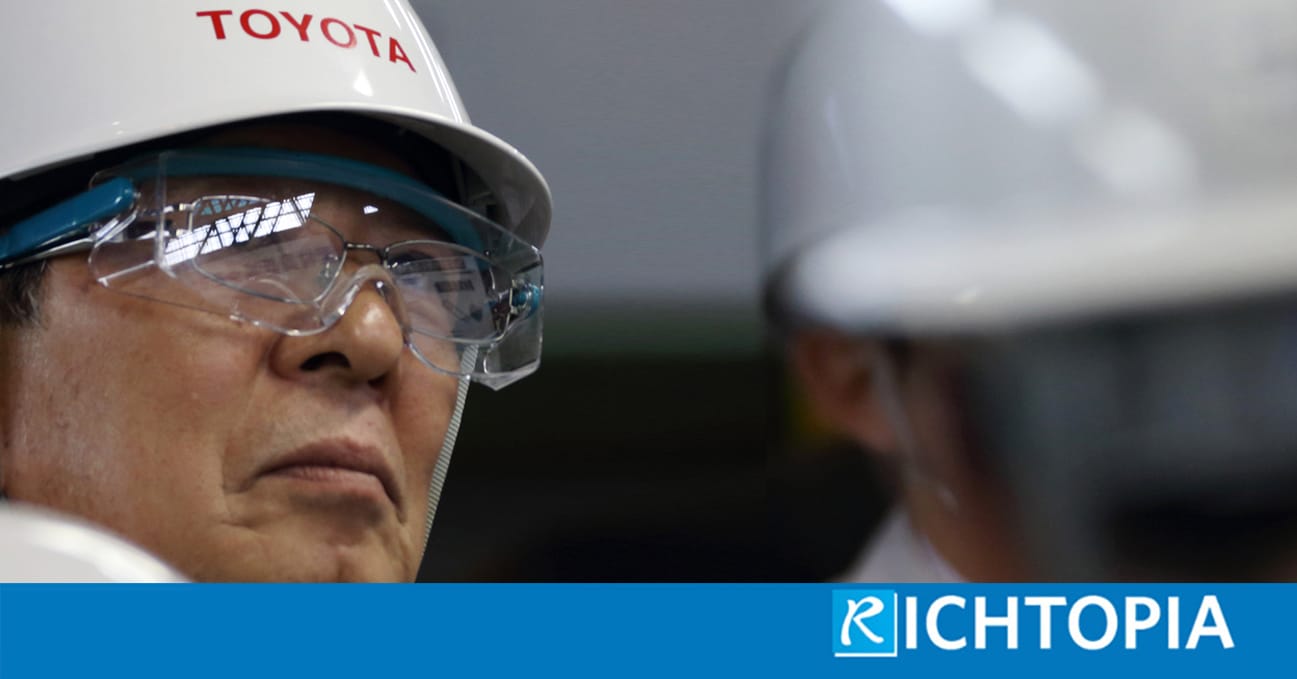Discover Toyota’s Global Success Story:
No robots here, because when Mitsuru Kawai first began working at Toyota, he learned how to forge steel and craft cars and relationships exclusively by hand.
Two hands at a time, though.
As it turns out, Kawai learned it’s twice as productive for humans to use both hands.
Especially when it comes to improving people on the one hand, and learning how to craft and improve things with the other.
While American automobile executives forged ahead to use robots to craft their customer’s value-added work, Kawai learned more from about how to make improvements in people.
Improvements Kawai could apply to one day help employees live more productive and meaningful lives.
But in 1963 this was a seemingly daunting task.
The United States was the world’s leading steel and automobile producer – producing 97.56 million tons of steel so that American artisans could build 7.7M cars.
Japan–the world’s fourth-largest steel producer at the time, produced just 27.82 million tons of steel that helped Toyota employees craft a paltry 300,000 vehicles.
Things are a bit different today for the former American craftsmen long since replaced by robots and the now even craftier, American executive.
Toyota‘s employees now turn out 10 million cars, and Toyota‘s profitability exceeds the profits of Ford, GM, and Chrysler combined.
And those learned Toyota employees? Well, their crazy continuing improvements now produce nearly $1,800 in profit for every car they build.
But for Kawai, things aren’t all that different than they used to be.
Except when it comes right down to which executive team.
He and his colleagues’ at Toyota, or his American competitor’s sleeps better at night.
While his American competitor’s dreams finally came true when executives learned they could replace humans with Japan‘s robots, Kawai’s learning nightmares were ongoing.
Because Kawai has been replacing Japan‘s robots with Toyota‘s humans for some time.
Humans, who as it turns out, actually knew how to learn, but had been losing touch with of all things the human touch. Funny how these things work. Or don’t.
Those two hands would come in quite handy soon.
Because while Kawai has forged more than his fair share of steel in his career, and then used that knowledge to learn how to build even better cars, what he has forged far more of, is the respect he’s made using his own two hands.
One for improving cars, the other for enhancing people.
Especially improving his increasingly crafty human’s touch.
Humans with whom he works side by side on the production floor, building, creating, and teaching in the Japanese tradition of Genchi Genbutsu.
A Japanese concept that which for American workers has ironically, become increasingly foreign.
A direct result of American executives who spend far more time learning about finance and big data from charts and graphs, than respect for people at the place where employees must live and work.
For his efforts, Mitsuru Kawai will soon become Toyota‘s first blue-collar senior managing officer in Toyota‘s eight decades of operations.
While fifty-five years is a long, long time to wait for a promotion, apparently it’s well worth the wait for the 67-year-old.
Mission seemingly accomplished. The tree of continuous improvement is about to sprout a new root structure with an even deeper trunk than ever before.
By putting their incredible human growth hormone of learning back into place, the company’s new architecture expects to be able to reduce initial plant investment by approximately 40 per cent compared to 2008.

This may indeed look like an improved model for your mother’s once prized, 150 horsepower Prius, but it will instead, deliver Formula One racecar-like results with dual engines that will once again, take the world by storm.
It will just be a bit slower than American investors like, however, because Toyota moves at a slow pace to make small changes stick like an industrial-grade adhesive.
Kawai said this about Toyota‘s future.
“We need to become more solid and get back to basics, to sharpen our manual skills and further develop them.
When I was a novice, experienced masters used to be called gods, and they could make anything.”
For God’s sake, then, why won’t the American executive go back to church and find this same type of religion.
Bring back the gods of learning that American leaders used to pray to, instead of the Gods of Big Data and Robotics to whom they now pray today.
Toyota‘s creative goddess of learning, or Kami-same in Japanese, are making a comeback within the sacred production halls at Toyota Production Systems.
Thus, while Kami-Samoa is still pure heresy in many other places-especially in the United States.
Where replacing the American gods of robotics and big data, with the gods of employee development, learning, and continuous improvement, is less likely than the Catholic Church allowing King Henry VIII back into the church.
To which I say: it’s time to learn more about Toyota‘s new religion.





